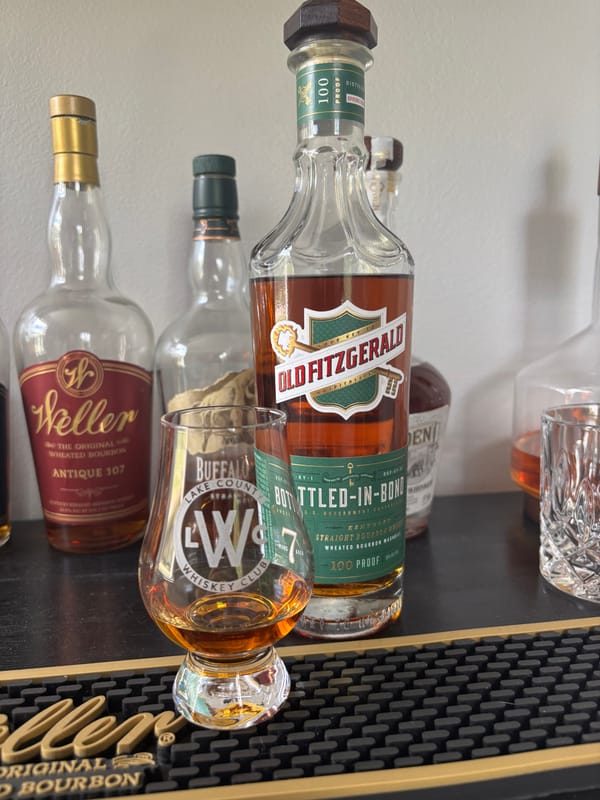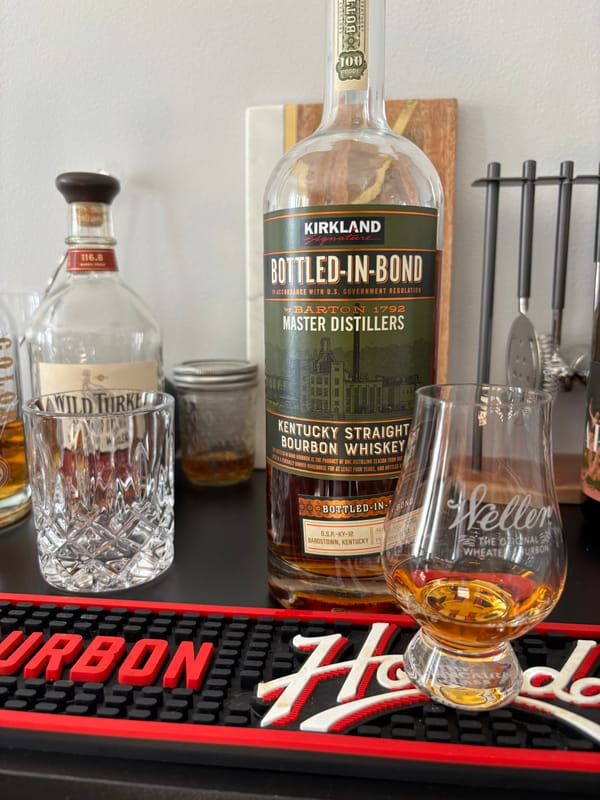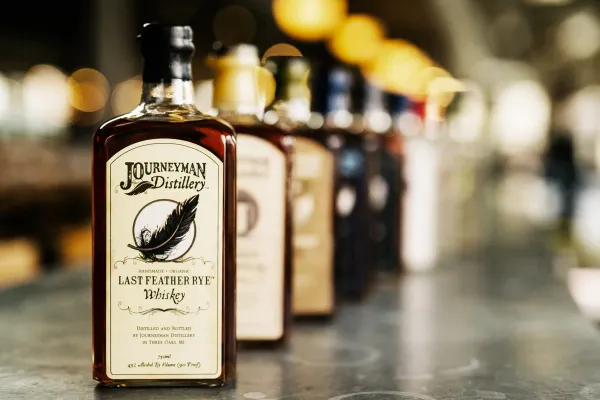Whiskey Barrel Storage Impact: The Rest You’ll Wish You’d Stored Sooner

Barrel Storage Conditions: The Whiskey Sleep You Can’t Dodge
Barrel storage isn’t just a warehouse—it’s whiskey’s flavor slumber, and if you don’t know its rest, you’re missing the nap that shapes every cask. It’s physics, not chance. Here’s the clear truth about barrel storage conditions in whiskey, from rack to sip, and why it’s your 2025 must-know.
What Are Whiskey Barrel Storage Conditions?
U.S. law requires whiskey—51% grain minimum—to age in new charred oak, distilled to 160 proof max, barreled at 125 proof max, and bottled at 80 proof minimum. Storage—rickhouses or sheds—varies by heat, humidity, and rack height, unregulated by law. Every barrel’s rest alters its fate, no controlling it.
How Storage Conditions Shape Whiskey
Barrels at 125 proof or less age two-plus years—often four to eight—in warehouses. Top racks hit 100°F in summer, boosting oak extraction—vanilla, spice—fast; bottom racks stay 60-70°F, slowing it. Dry air (20-40%) raises proof, humid (60-70%) lowers it—storage’s breath molds the spirit, every rack shifts the tone.
What Storage Conditions Mean for Your Sip
Top-rack whiskey—bold at 130+ proof—bursts with oak’s caramel over corn’s sweet or rye’s spice. Bottom-rack—mellow at 100 proof—lets grain shine softer. Every sip’s strength—law allows it—bears its storage sleep, no tweaks mask it.
Why Barrel Storage Matters in 2025
Storage conditions are whiskey’s silent cradle—by 2025, knowing them could wake every pour’s depth, from fierce to faint. It’s the truth in the rack—don’t miss its rest. Want to taste storage’s sway?
Check out NEAT: Whiskey Finder—it’ll help you track down bourbon and whiskey near you.





